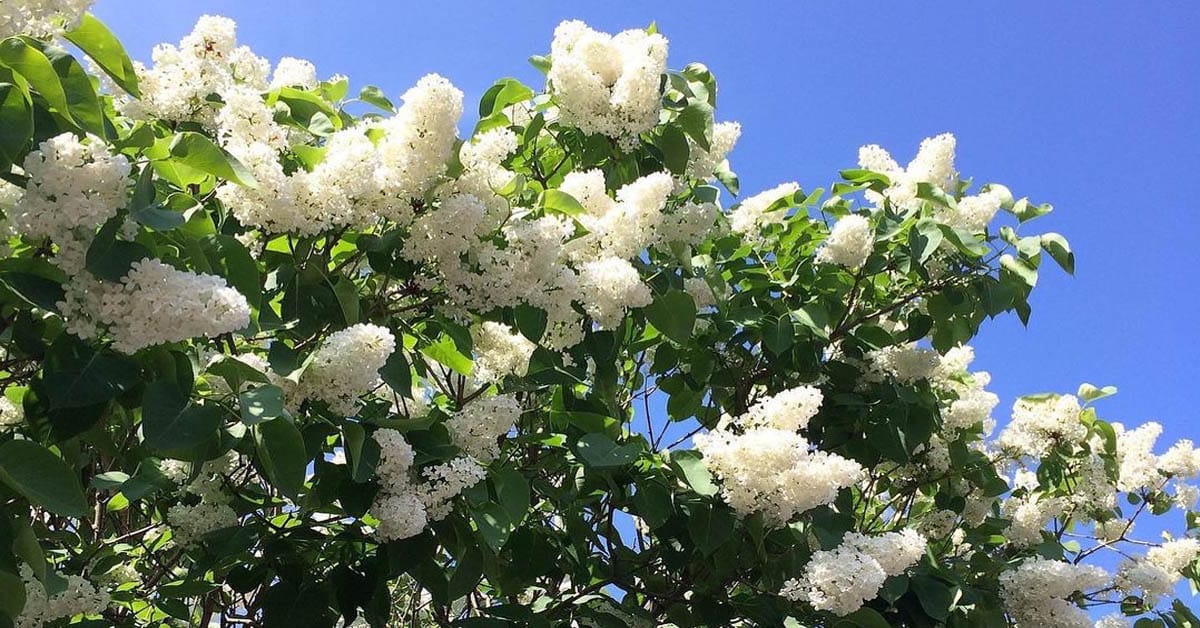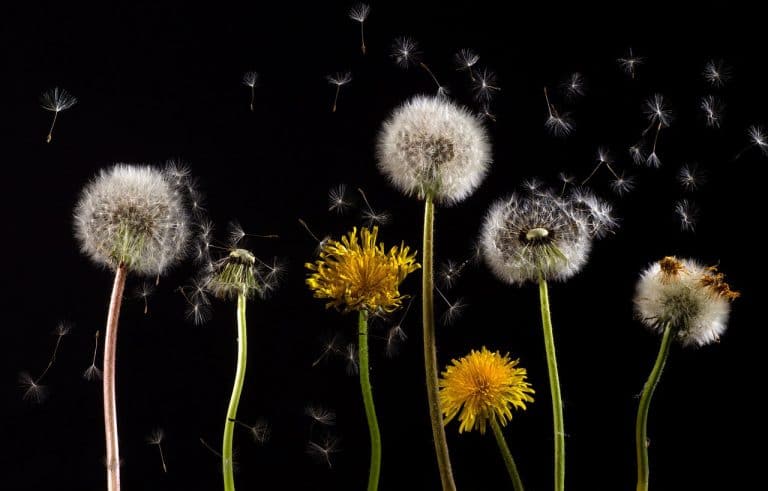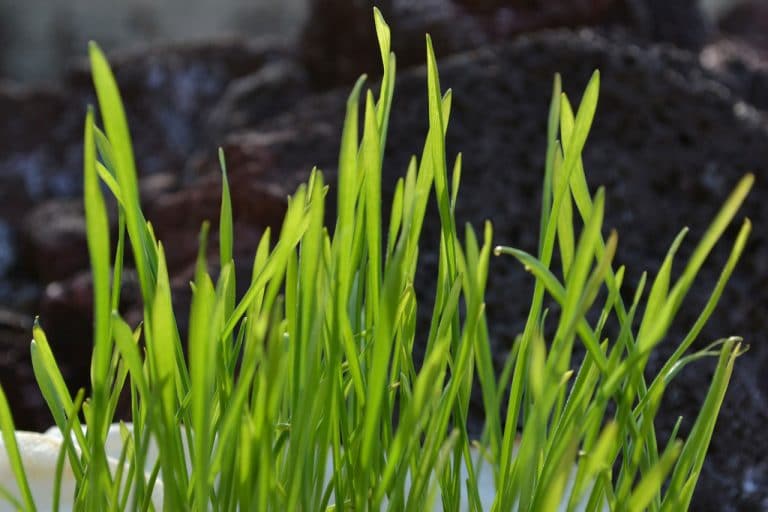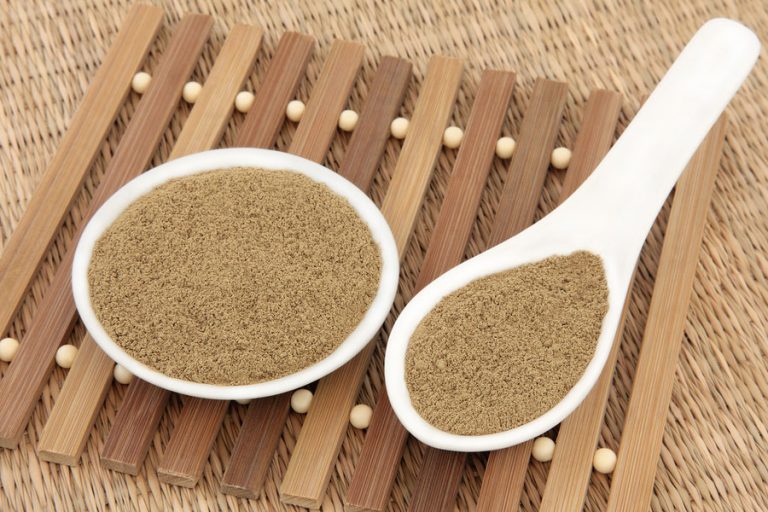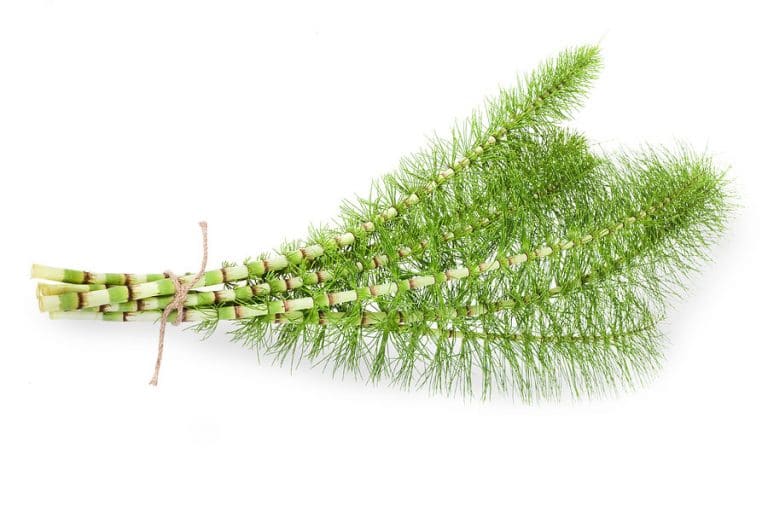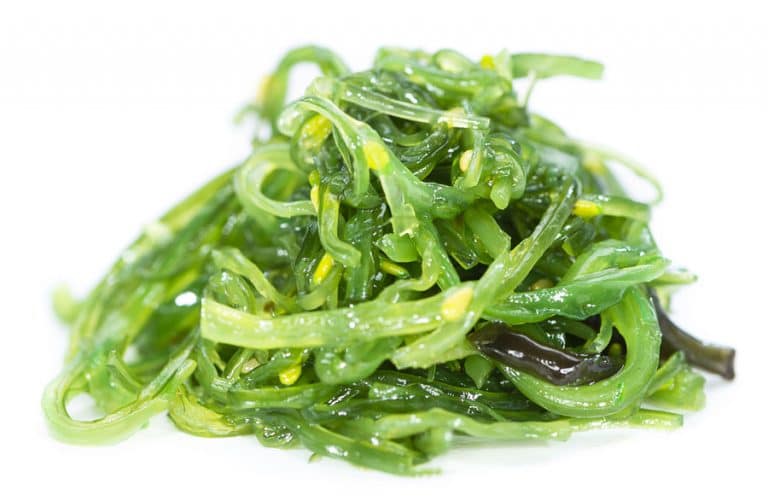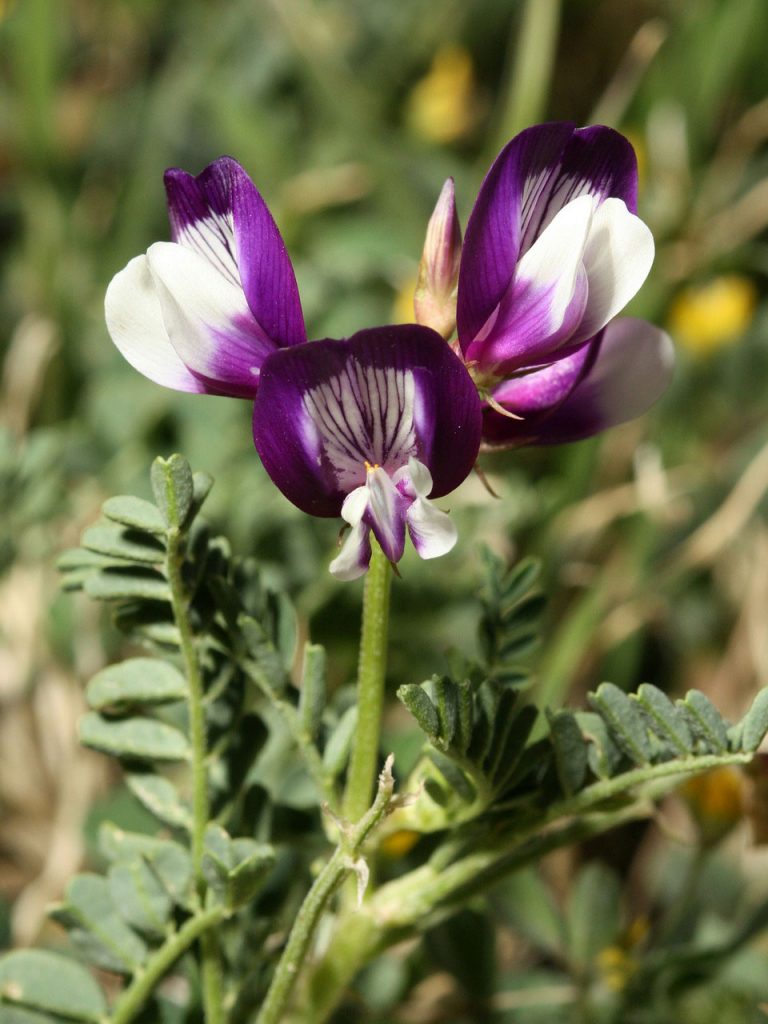Elderflower
The elderflower is a beautiful white bloom from the Sambucus nigra tree, also known as the elder tree. White hanging flowers develop into elderberries that have a purple color. Elderflowers have been an excellent help for decades and are actively used in medicine and cooking.
The plant is considered an herb, and its benefits are truly astonishing. So, in this article, we will explore the interesting blooms of the elder plant alongside its benefits.
Briefly About Elderflower
The elderflower has a significant part in the victorian heritage and has been a popular plant in northwestern Europe for centuries. A recipe for elderflowers dates back to Roman times. It is still prepared conventionally in several European nations in the twenty-first century.
In the past, the elder was considered to have alleged magical abilities. It was believed that burning it would summon the Devil while keeping it near the home would keep him away.
How to Identify an Elderflower?
First of all, before exploring the benefits of elderflowers, it is important first to know how to identify them. When crushed, the elderflower tree has dark green leaves with jagged edges and a strong aroma.
An interesting fact about them is that formerly, the leaves were used as insect repellents. It was common practice for farmers to put the spring of the elderflower plant in their hats to keep the insects away.
It may be utilized as a showpiece plant in the garden and a component of the edible garden. The plant may reach heights of three to four meters. The pinnate or bipinnate, compound leaves have leaflets that oppose one another around the stem. Because of that, the stem can be around 30 cm long or even more.
Before blooming, the buds of the elder tree are green. As the temperature warms, bids start to get tight and change color. The buds open up, and creamy-yellow flowers emerge. The elderflowers have similarities to cow parsley and pyracantha.
Each leaflet is relatively big, with serrated edges, and can range in size from 3 to 12 cm long by 2 to 6 cm broad. The huge, fragrant white blooms have a diameter of about 30 cm and grow in inflorescences or clusters. The blue berry-like fruits come next, but the plant may continue to produce both the blooms and small fruit for several weeks.
When Is the Best Time To Harvest an Elderflower?
The elderflower plant has multiple benefits, and it can be useful all year. However, the best time to harvest them is during the bloom period. The flowering starts in the late spring or early summer. Typically, it gets harvested once 2/3 of the tree is covered with blooms.
Those very beneficial plants can be used in baking, herbal teas, tonics, cordials, and glucetracts. It is recommended to pick those plants in the morning. People typically lay them out or hang them upside down to dry. However, we will discuss their usage below in more detail.
Since elderflowers prefer milder climates, they are frequently found in New Zealand’s lower regions. When picking, avoid picking from trees close to roads or industrial areas, always seek permission before picking, and don’t over-pick (if you remove all the blooms, there won’t be berries in the winter).
Cultivation & Care
As for cultivation, this plant can also be grown as a herb. It thrives in various soil types, including moist soils, and is highly tolerant of the climate in Australia. Although it flourishes in full sun, this plant is also satisfied in partial shade.
The fruit follows blooming and emerges in the late summer, when the stems may sag because of the weight of hundreds of tiny berries. Because this multi-stemmed plant expands and suckers upward, choose your location wisely. For this reason, you could decide to plant it in a container, or another thing that you can do is remove the root barrier in the garden.
Benefits Of Elderflower
This plant’s purple, berry-like fruit has several applications as a meal and a dietary supplement. For centuries, people all across the world have employed various elder species.
Elderflower was prized by Native Americans as a medicinal plant and used to cure many ailments. Additionally, the bark was used to make a black dye and to ward off insects. So, now let’s discuss the benefits of elderflowers in more detail.
Medical Uses
Supporting Healthy Blood Supply
Elderflowers maintain a proper and needed blood supply, making them useful as a tonic and providing additional health benefits. It can boost the detoxification pathways and, in particular, aid with constipation when consumed as a cold infusion.
Additionally, it is beneficial for individuals who wish to take good care of their skin. Waste materials frequently attempt to exit the body through the skin if they cannot do so through the intestines or kidneys. Bitters and elderflowers, which also serve as diuretics, can assist in detoxification.
Fighting Against Fever
Elderflowers have long been used to treat fevers due to their numerous health advantages. Along with peppermint and thyme, they are frequently used in tea mixtures that encourage a strong immune system. The flower’s active ingredients cause perspiration by affecting the function of the sweat glands, which can aid in triggering a fever.
The interesting thing about this plant is that it can help to raise your temperature and make you sweat when the body temperature rises. It can help to decrease fever when used in a cold infusion.
Skin Care
Elderflowers also have anti-inflammatory characteristics, which can also be a great help. This might be useful when you’re sick, have seasonal allergies, or want to live a more anti-inflammatory lifestyle.
Ursolic acid is a compound found in the plant that is responsible for its anti-inflammatory benefits. Elderflower has beneficial effects on health in terms of nutrients and antioxidant content.
Alongside other health benefits, the elderflower also encourages healthy skin and minimizes irritations. You may apply a cold elderflower infusion to the skin or use this beautiful flower as a soothing poultice for irritated areas.
To help soothe or lessen irritability in the eyes, you might use cotton pads on your eyes after soaking them in an elderflower infusion. Another option is to chill the cotton pads before using them to thoroughly cool and relax your eyes.
Culinary Uses Of Elderflower
Elderberry shouldn’t be consumed raw since it has a harsh flavor. Because glucoside is one of the components of the plant, eating it uncooked can be harmful. However, there are several culinary applications for elderflowers.
Flowers can be used as an ingredient to make fritters. The drink can be made by soaking elderflowers in water. Or a delightful tea can be made by using dried flowers. To prepare jams, pies, sauces, jellies, and other delicacies, the fruits are frequently boiled or turned into syrups.
Elderflowers can be turned into syrup, liqueur, or even elderflower wine. As already mentioned above, tea can also be made from fresh flowers. If you like cooking tarts, you can add the crumbles of elderflowers to the fruit while it cooks, so it gets an additional delicate flavor.
People especially enjoy elderflower fritters, which are actually manufactured by several companies and sold online and even in stores.
Commercially made elderflowers are often supplied as concentrated squash and are typically diluted with water. Elderflower cordial has a lengthy shelf life due to its high sugar content. “Elderflower beverages” and “Elderflower Sodas” sometimes utilize a synthetic, low-cost flavoring in addition to a real elderflower extract to reduce costs and labor.
Side Effects of Elderflower
A cyanide-producing substance found in certain elderflower plant sections has been linked to the symptoms of diarrhea, vomiting, and nausea. This chemical is removed during cooking. When used in the quantities seen in food, and when it is processed correctly, elderflower is safe to consume.
According to the available data, an elderflower cannot be safely used in large doses for medical purposes unless it is included in a combination product. The combined product may occasionally result in allergic skin reactions and disturbed stomachs. The safety of putting elderflowers straight on the skin is not well understood.
Wildlife Value
In general, elderflowers and plants can be important for wildlife. The plant can be good forage for the forest and wildlife creatures such as sheep, elk, deer, and small birds. The elderberries are one of the most important nutrient sources for band-tailed pigeons, hummingbirds, vireos, warblers, and other fruit-eating birds.
Bottom Line
Hopefully, you already realize that elderflower is among the most beneficial plants that can be used in both cooking and medicine. After reviewing all the major benefits of the unique plant, you probably realize how useful it can be for your health. However, it is essential to consider its side effects and carefully review the usage steps and instructions.
Not only is an Elderflower an important part of medicine and cuisine, but it also has significant importance in the ecosystem. Many bird species and animals use the bush to eat and to find shelter.

Nato is a content writer and researcher with a background in psychology who’s eager to explore the wonders of nature. As a travel enthusiast and animal lover, she hopes to inspire others to discover and cherish the beauty and importance of the natural world.

